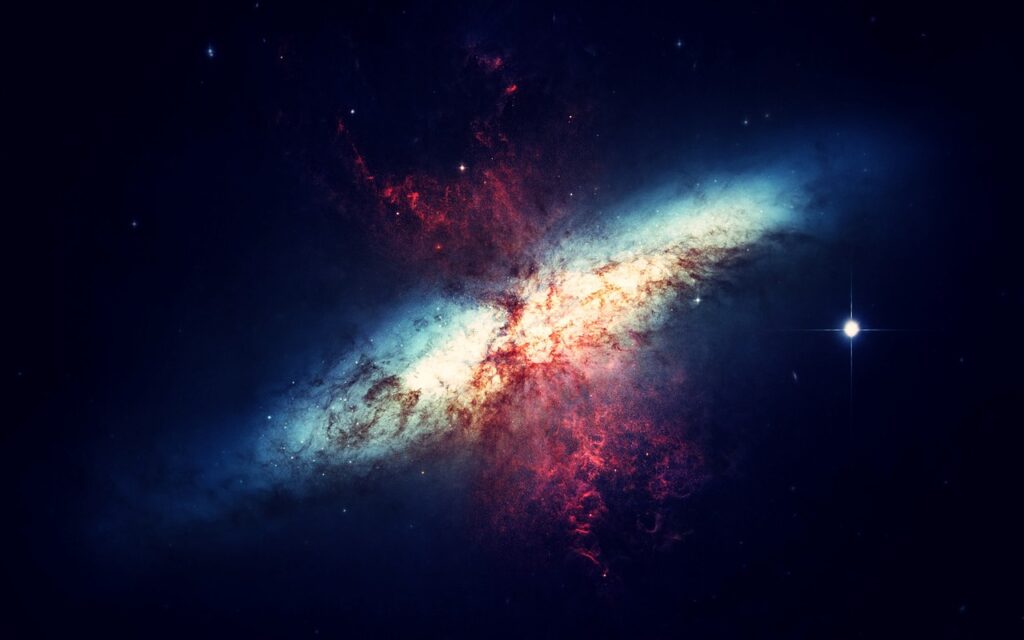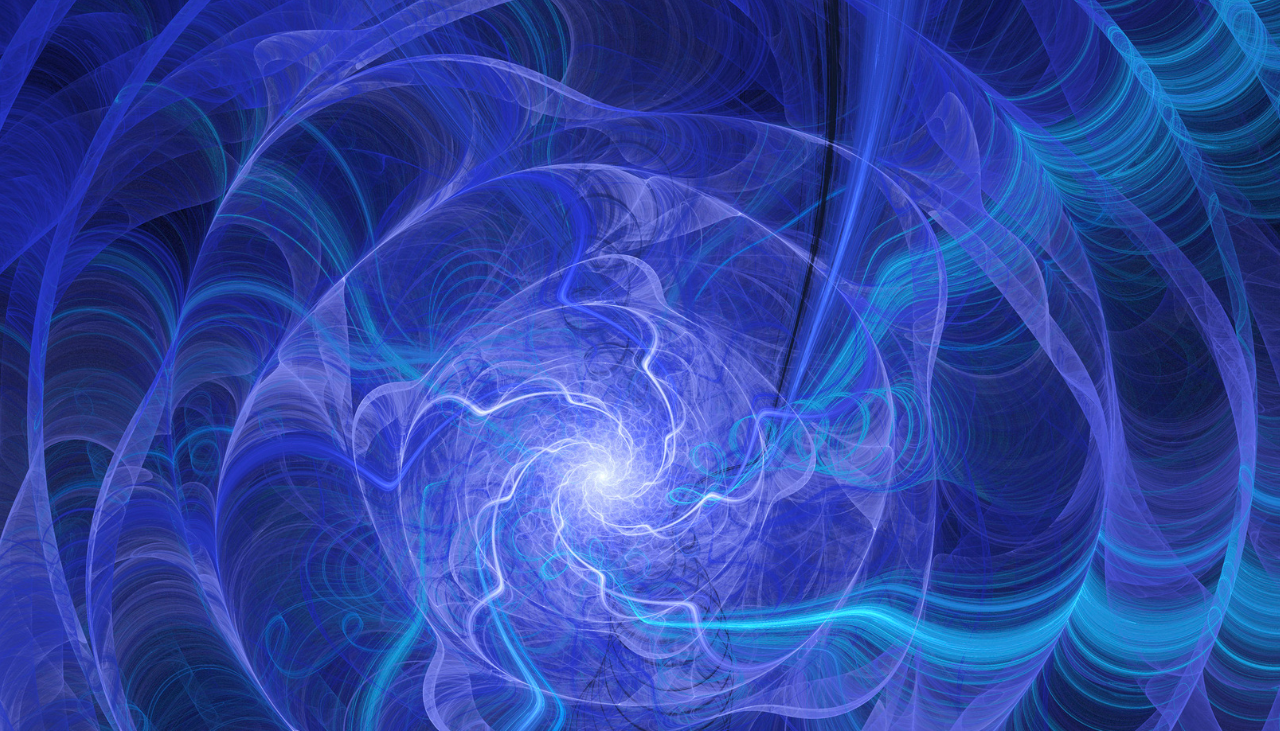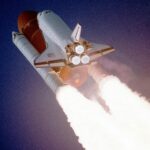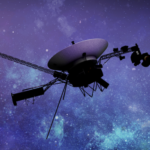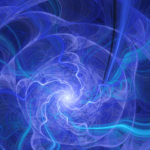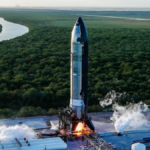Now Reading: The Big Bang: The Birth of Time, Space, and Everything We Know
-
01
The Big Bang: The Birth of Time, Space, and Everything We Know
The Big Bang: The Birth of Time, Space, and Everything We Know

The story of our universe begins with an event so monumental that it redefined our understanding of existence: the Big Bang. Approximately 13.8 billion years ago, the cosmos as we know it erupted from a singularity—an infinitely dense point of energy and matter—creating time, space, and the vast cosmic expanse that continues to evolve today (Planck Collaboration, 2020). But how do we know this story, and what mysteries remain? Let’s explore the origins, evidence, and ongoing questions of the Big Bang.
What was The Big Bang?
Unlike a typical explosion that occurs within preexisting space, the Big Bang was an expansion of space itself. This expansion began from a state of extreme density and temperature, initiating the formation of elementary particles—quarks, gluons, and photons—that would later coalesce into protons, neutrons, and atoms (Alpher, Bethe, & Gamow, 1948).
In the first fraction of a second, a process known as inflation caused the universe to expand exponentially. Within minutes, light elements like hydrogen and helium formed in a process called Big Bang nucleosynthesis. However, it would take another 380,000 years for the universe to cool sufficiently for neutral atoms to form, allowing light to travel freely—marking the birth of the cosmic microwave background (CMB) radiation (Peebles, 2020).
Key Evidence for the Big Bang
- Cosmic Microwave Background Radiation
Discovered by Penzias and Wilson in 1965, the CMB is a faint glow permeating the universe, the oldest light we can observe. This radiation is the thermal remnant of the Big Bang itself. Detailed measurements by missions like COBE, WMAP, and Planck have mapped the CMB, revealing minute temperature fluctuations that correspond to the seeds of galaxies (Planck Collaboration, 2020). - Hubble’s Law and Universal Expansion
In 1929, Edwin Hubble discovered that galaxies are receding from each other, with their speeds proportional to their distances—an observation explained by the expansion of space (Hubble, 1929). This discovery laid the foundation for the Big Bang model. - Abundance of Light Elements
The predicted and observed proportions of hydrogen, helium, and trace lithium match the ratios produced during Big Bang nucleosynthesis, further corroborating the theory (Alpher et al., 1948).
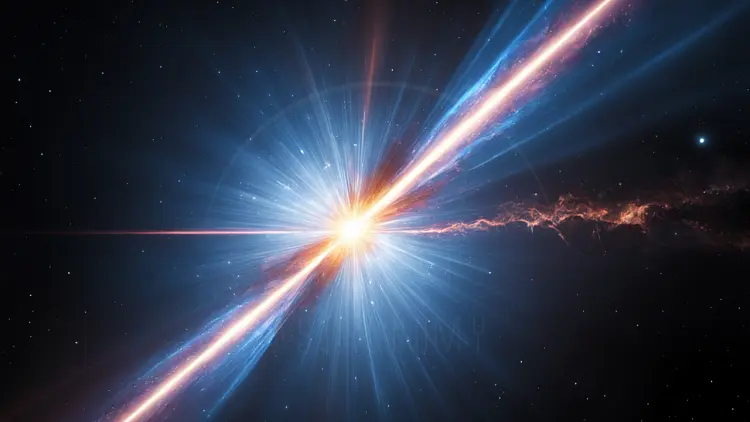
Mysteries and Future Exploration
While the Big Bang model is well-supported, it leaves unanswered questions:
- What caused inflation?
- What is the nature of dark matter and dark energy, the unseen components that dominate the universe’s mass-energy budget?
Upcoming missions like the Nancy Grace Roman Space Telescope aim to explore these frontiers, probing the cosmic acceleration driven by dark energy and mapping the universe’s earliest structures (NASA, 2021).
Was Big Bang the start of our Universe? Or was an end of the previous Universe?













